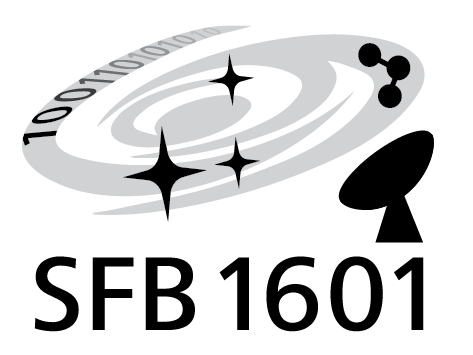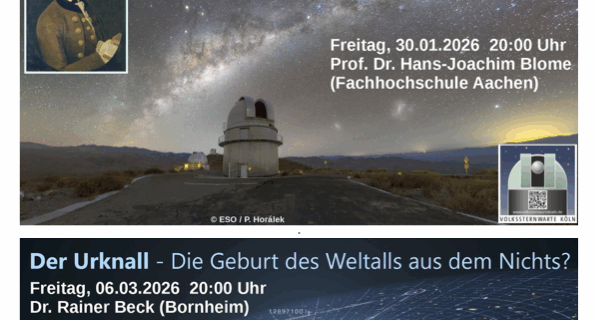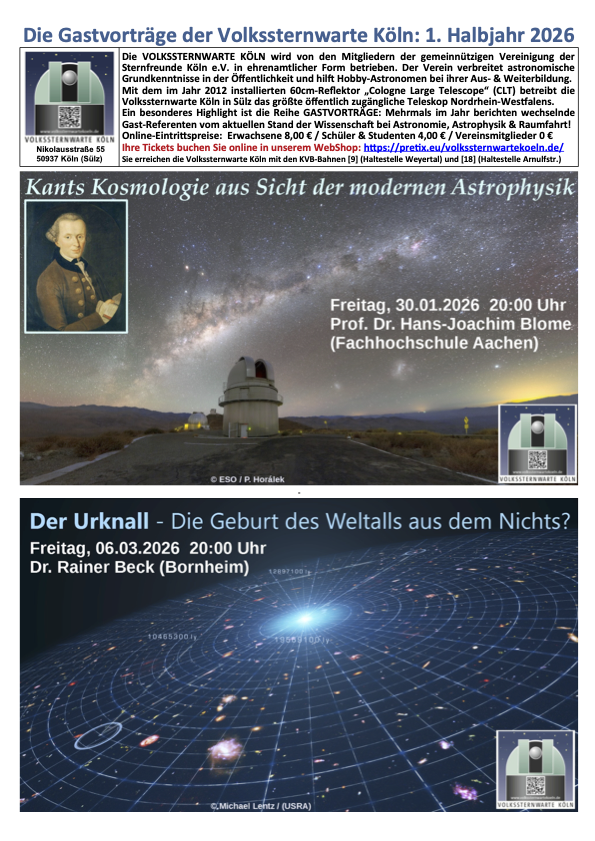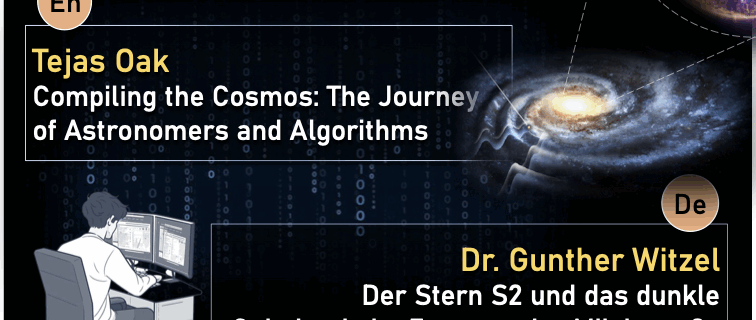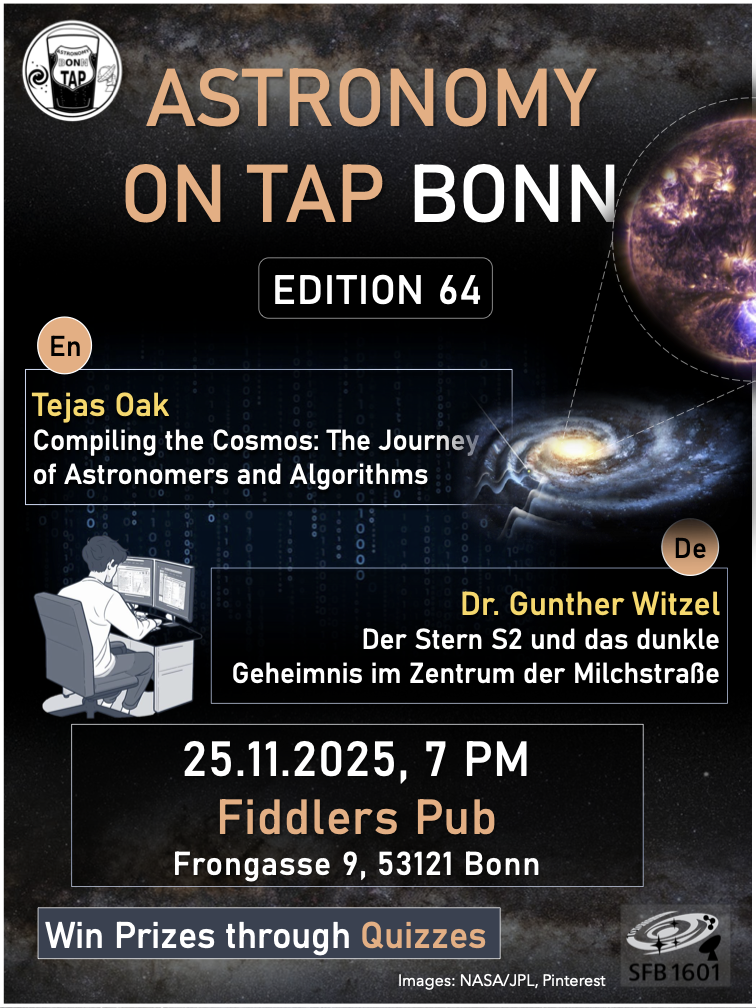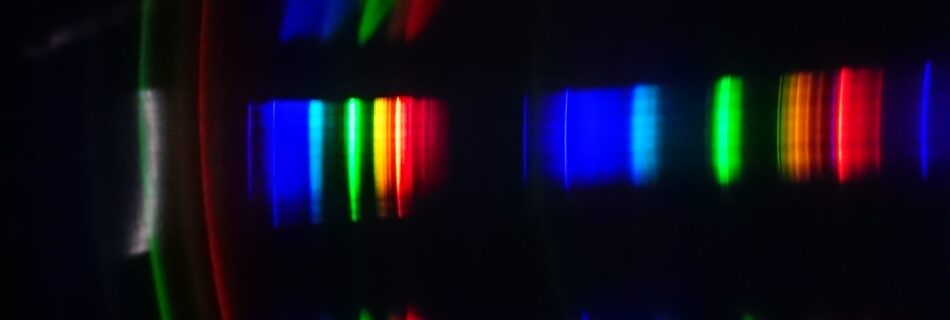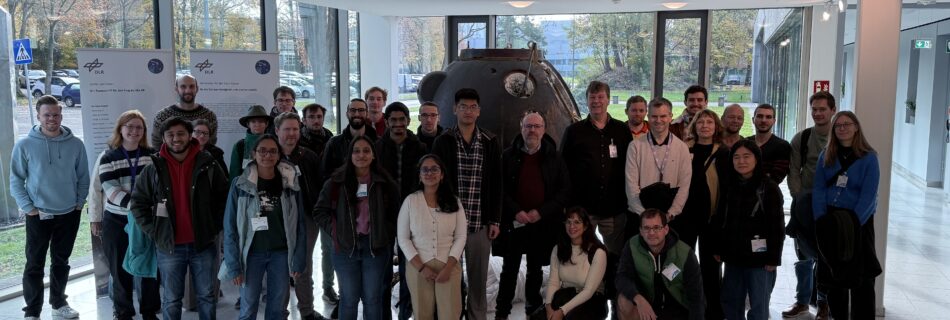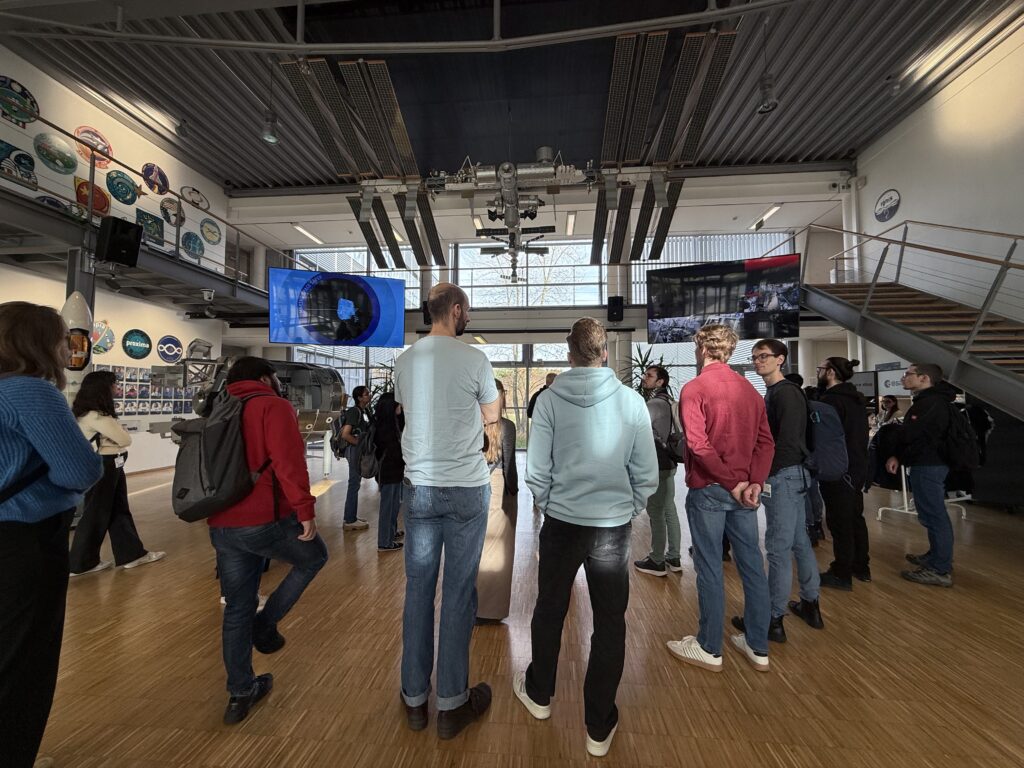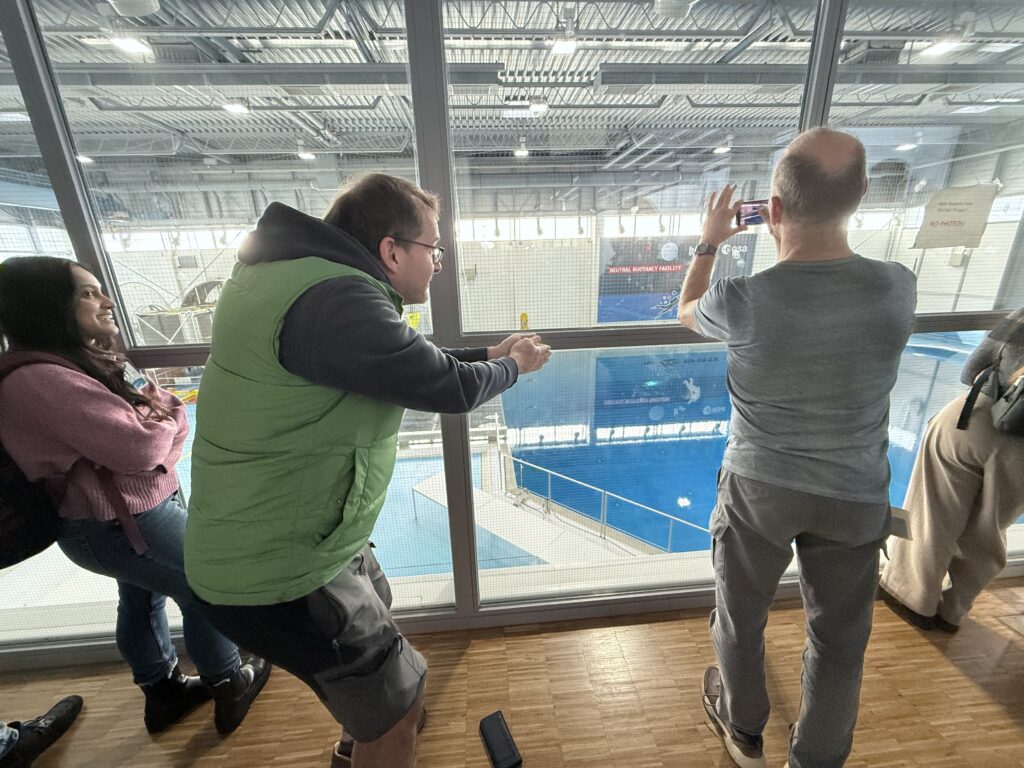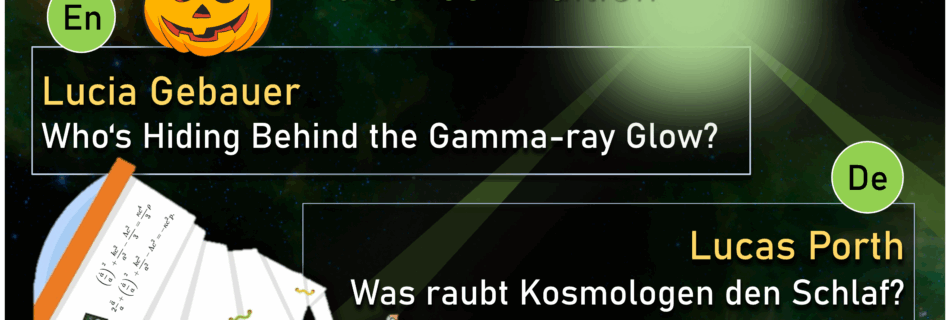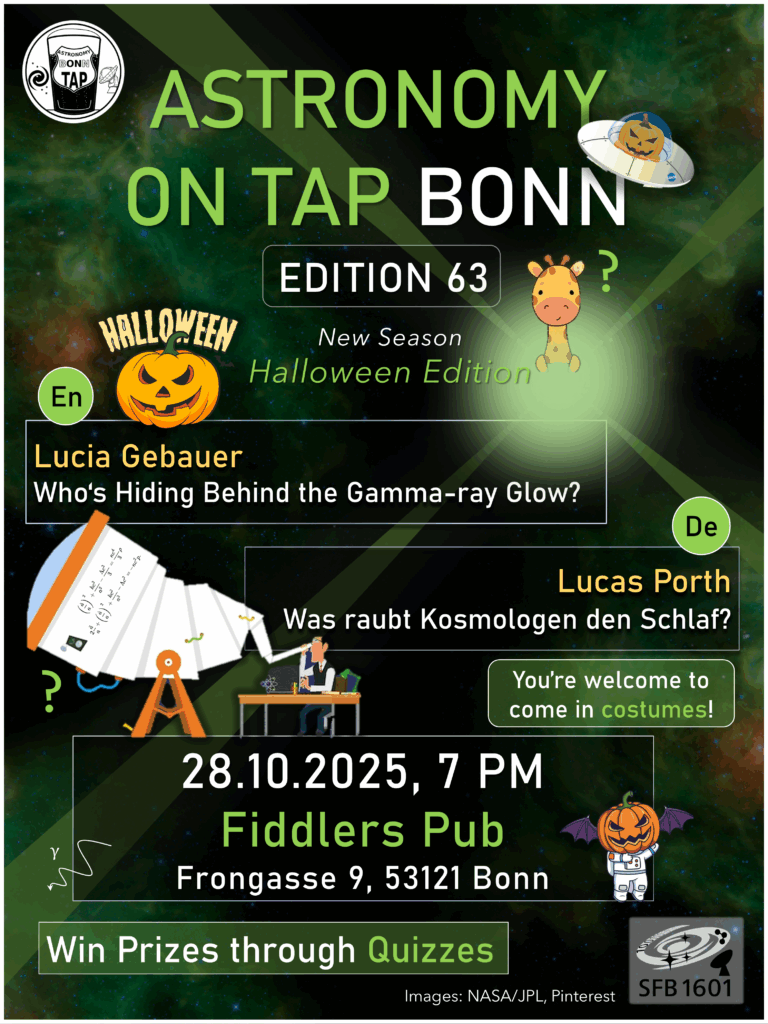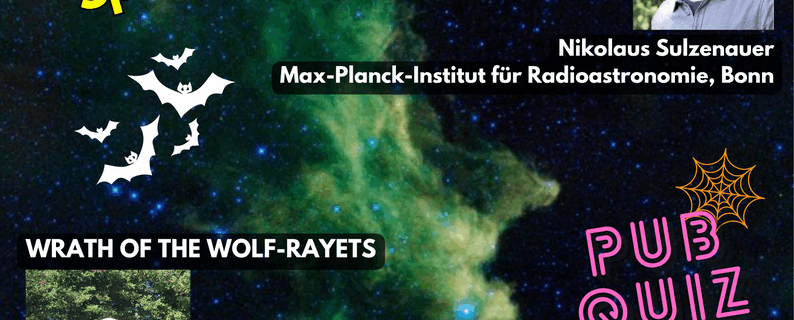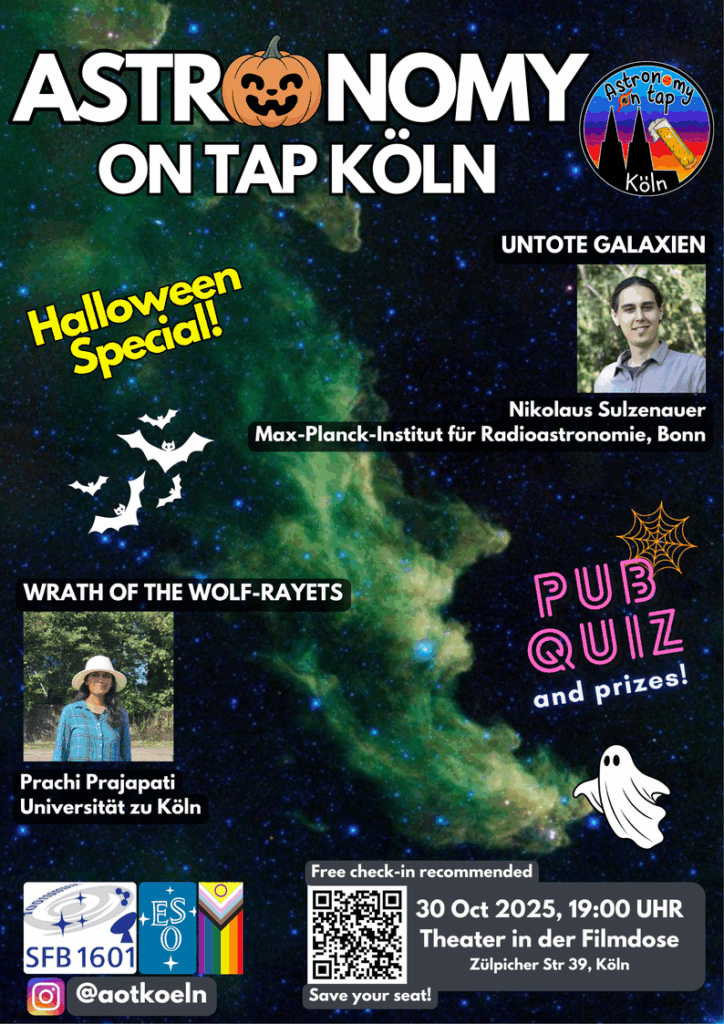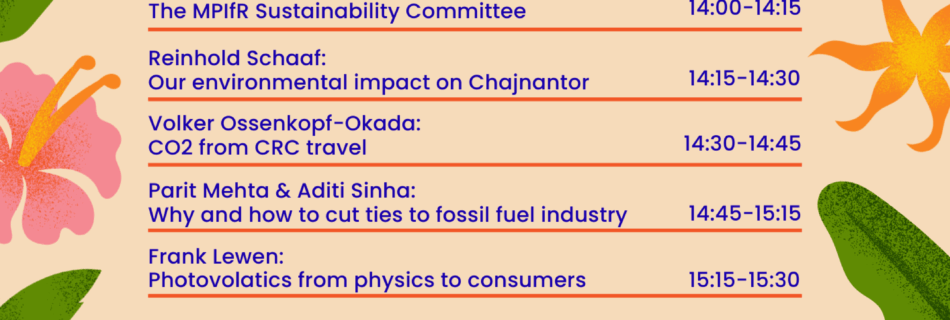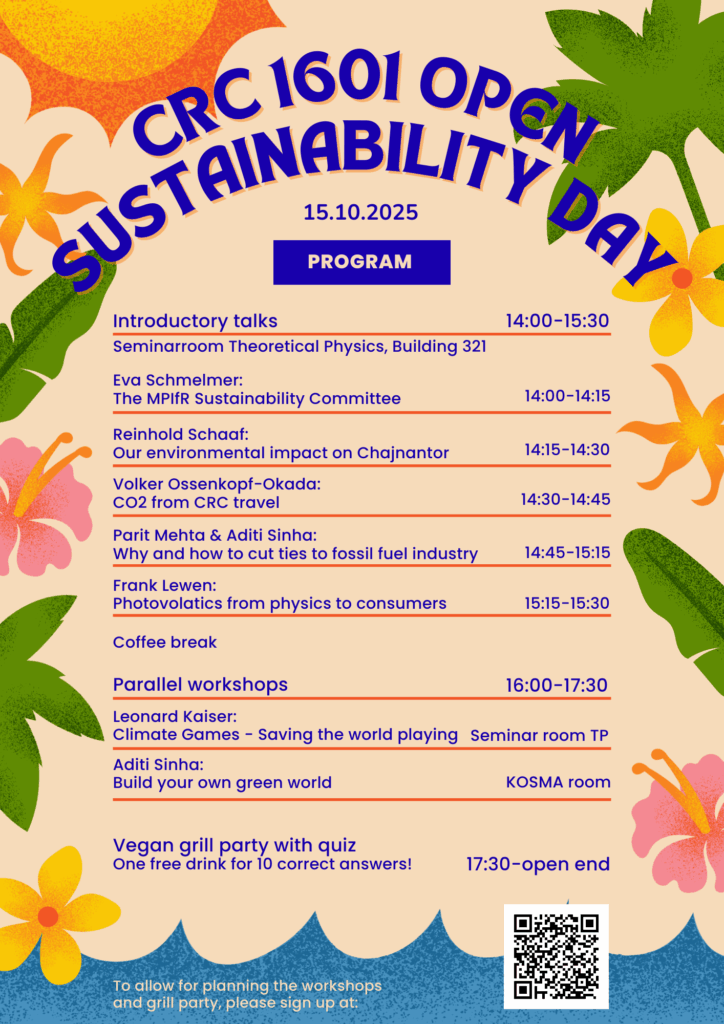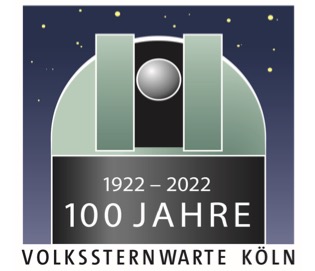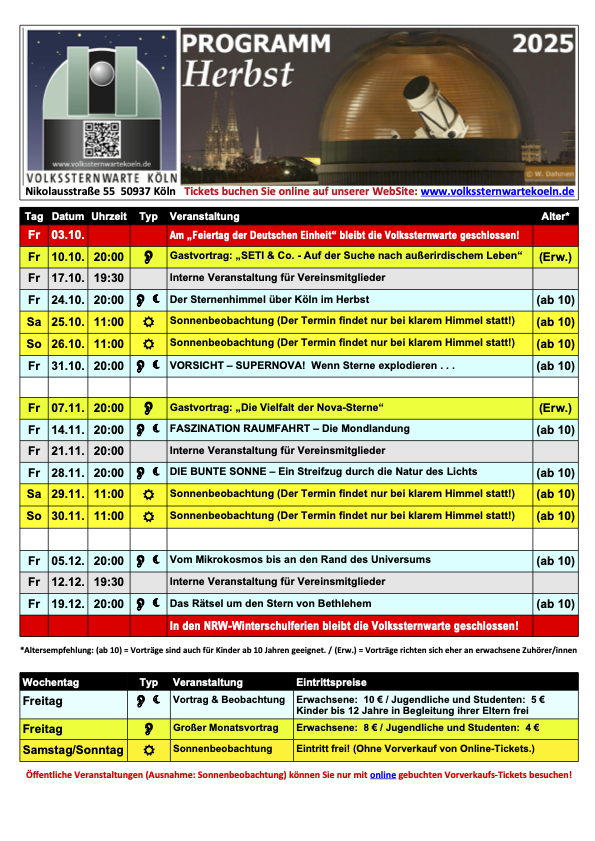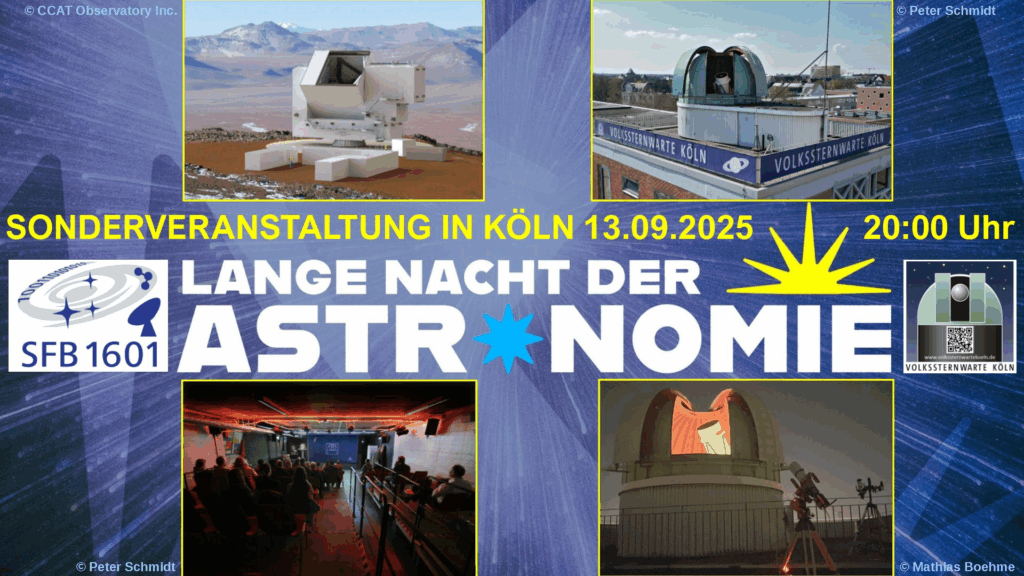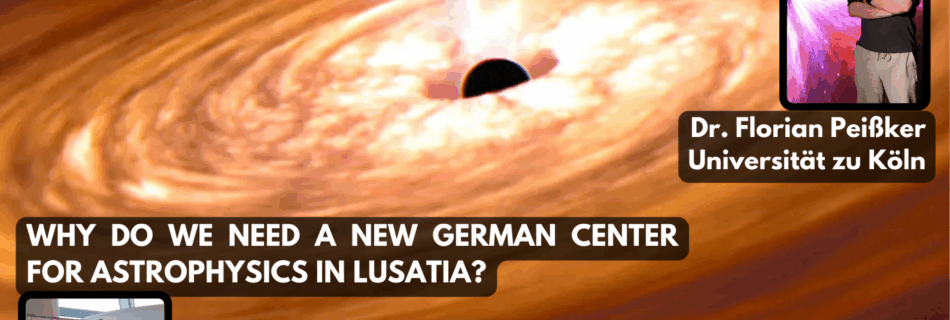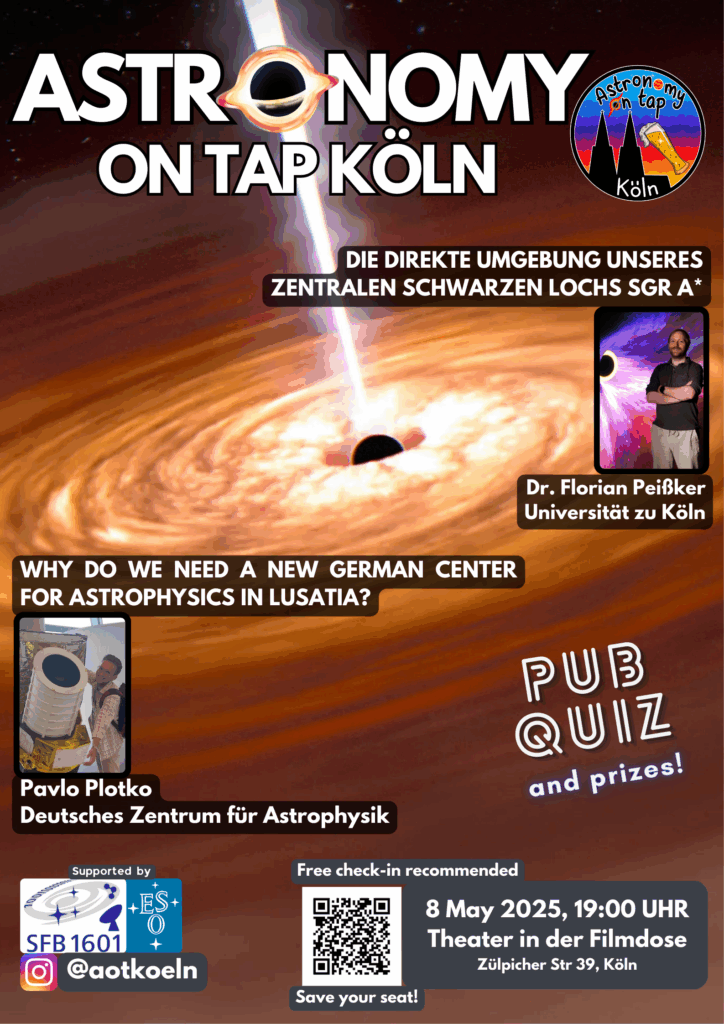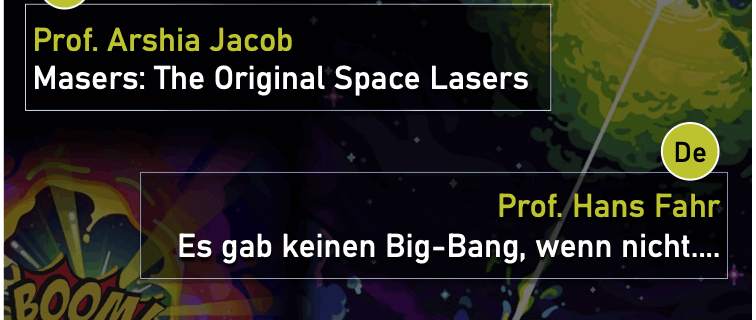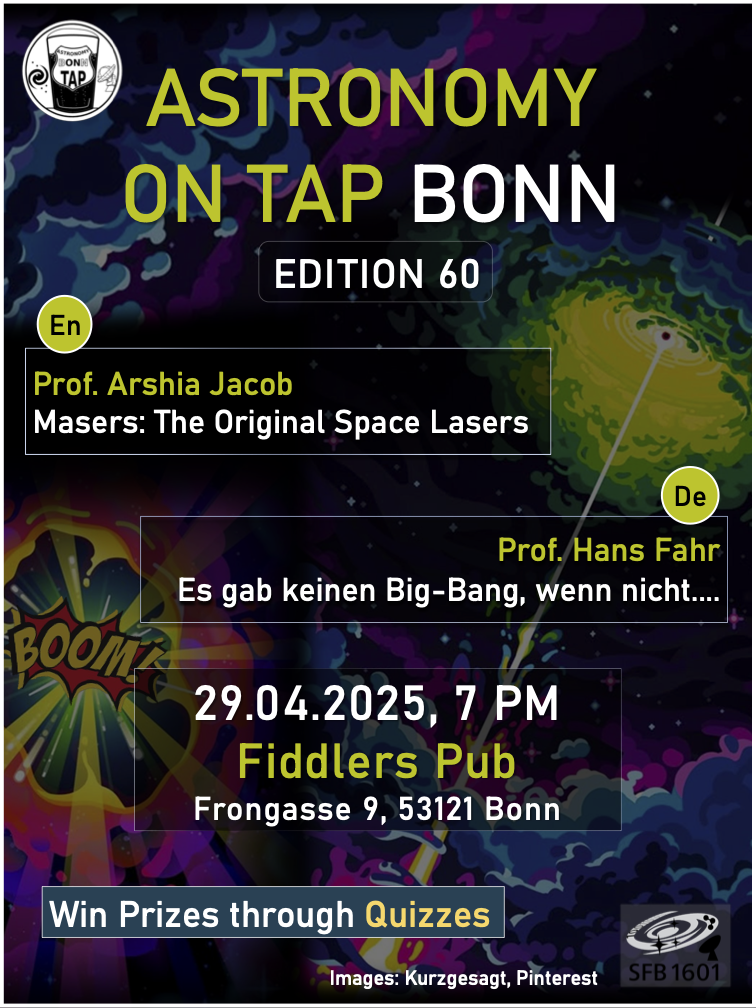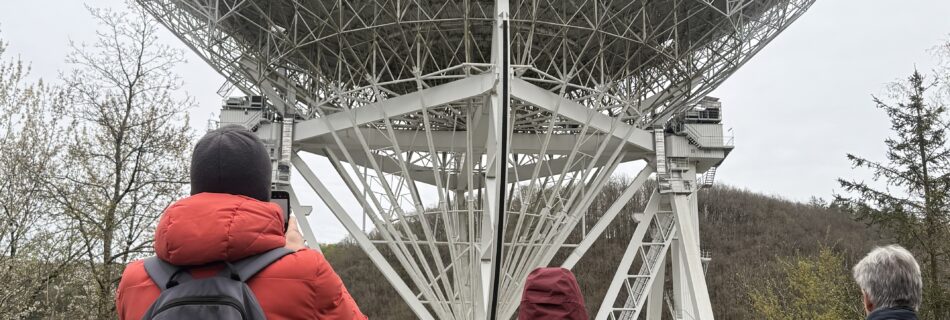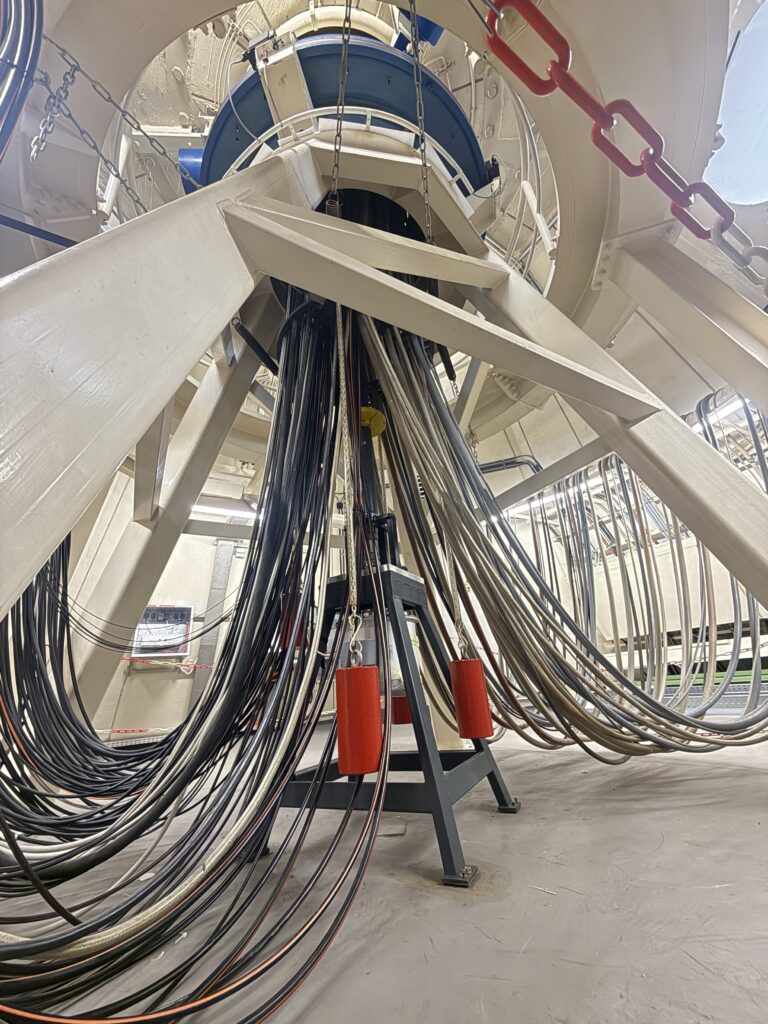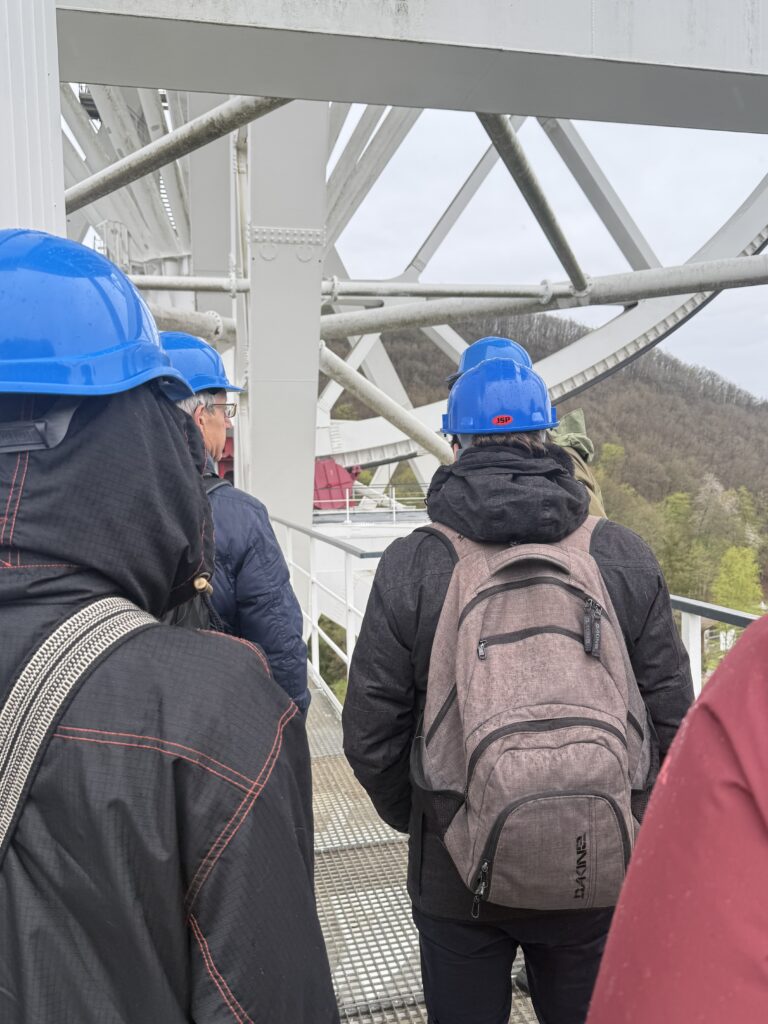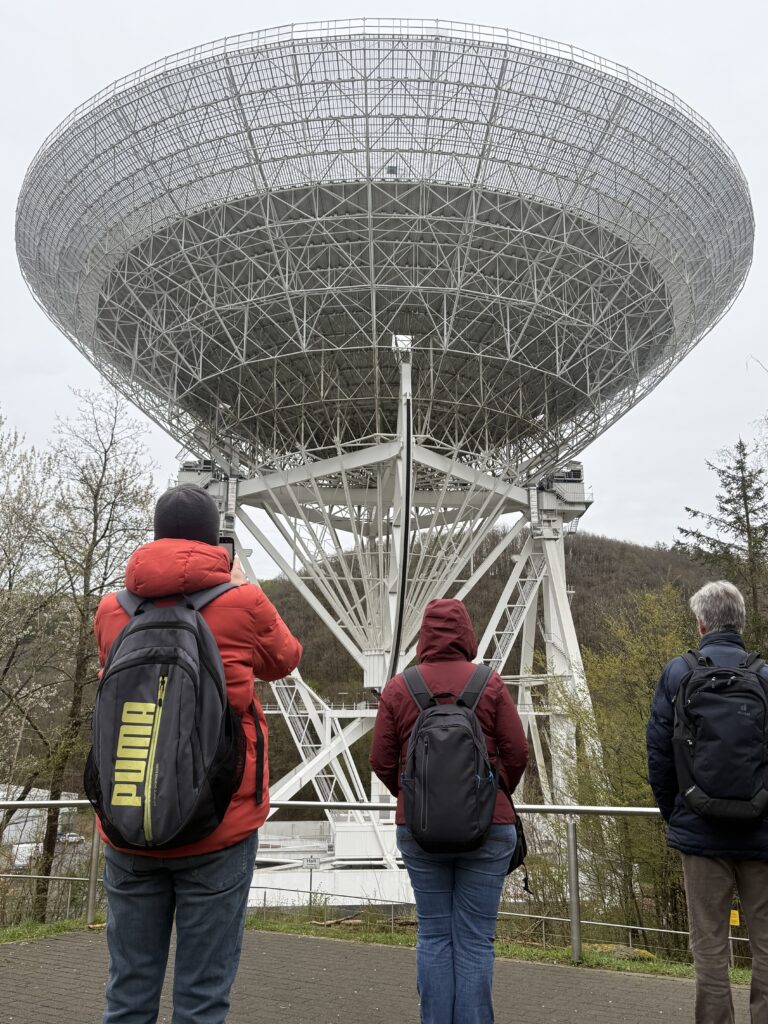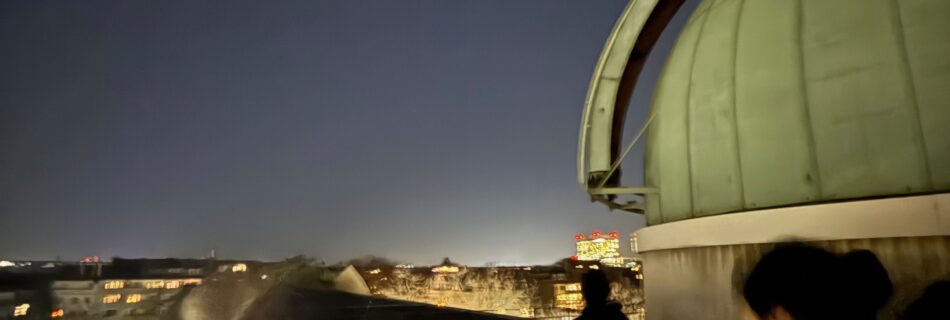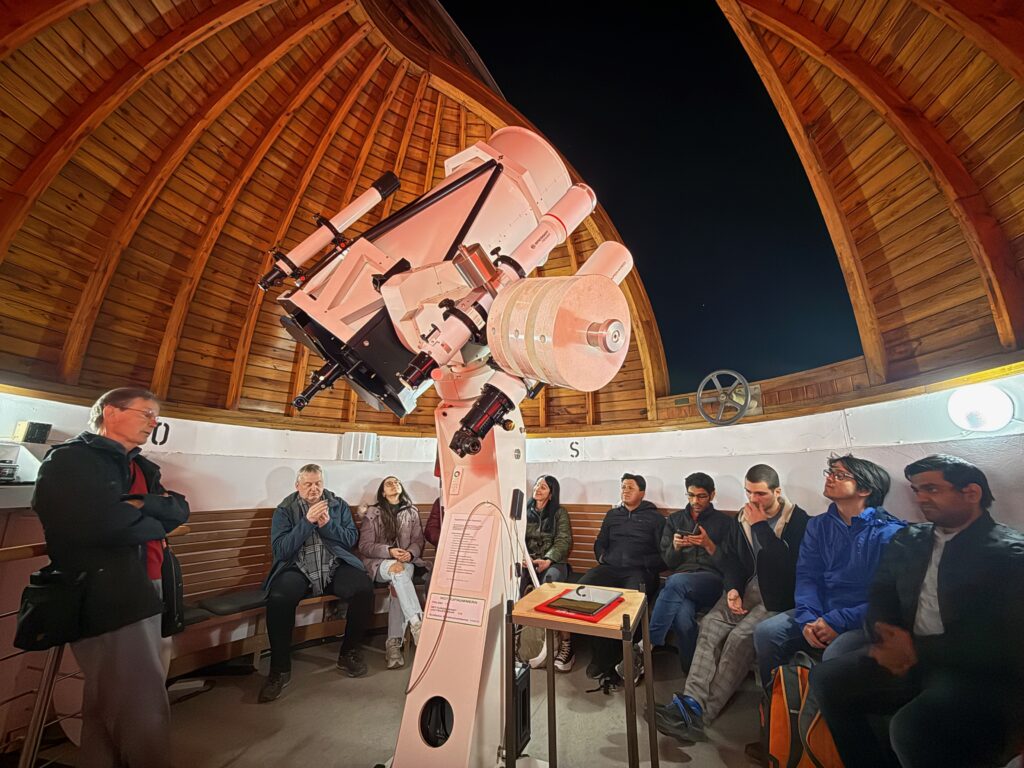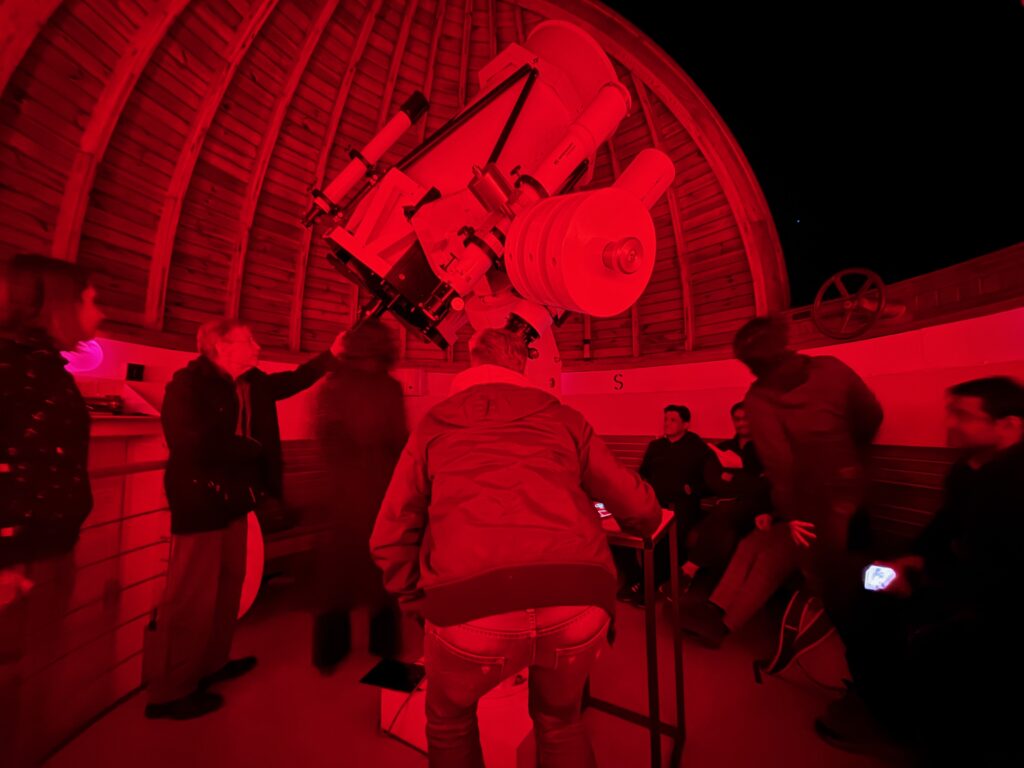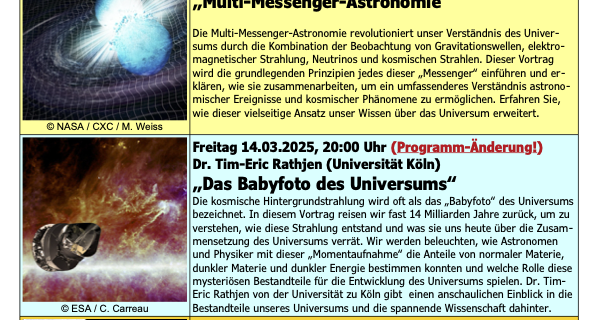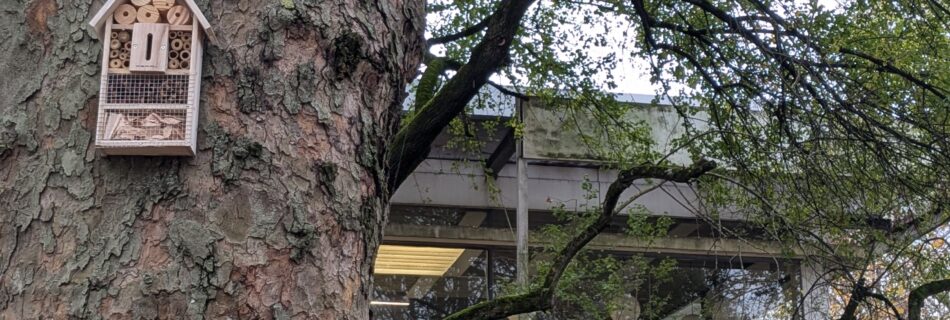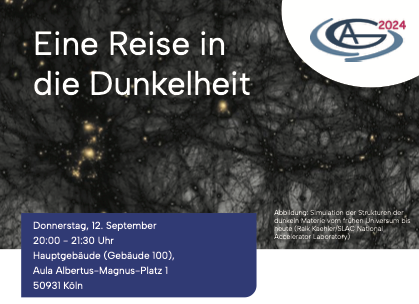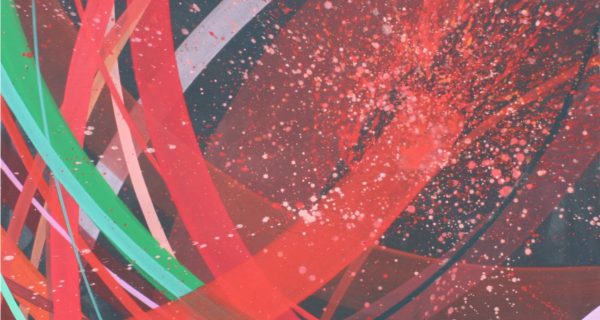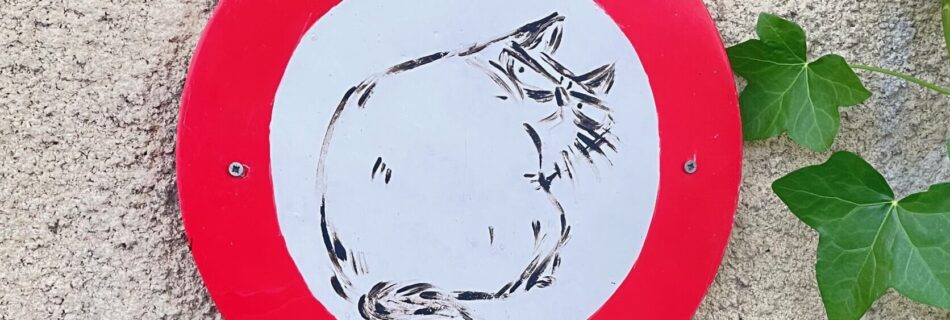We are happy to invite you to our upcoming women’s networking event: “From Research to Reach.”
This event will feature UoC alumni who have transitioned from academia to the private sector. Together, we’ll discuss topics such as:
* The importance of support systems and mentors;
* Building a scientific identity outside academia;
* Confidence and sense of belonging after career or life changes;
* Fostering inclusion and creativity in the workplace;
* Different concepts of “impact”.
Confirmed panel speakers:
* Dr. Aleena Baby earned her PhD in Astrophysics from UoC in 2023 and has since transitioned to the private sector, working primarily in data science. She is currently a Data Scientist and AI specialist in Germany’s manufacturing industry, and a Lecturer at a technical university. Through her “Academia to Industry” brand, she also helps researchers and PhDs in navigating career transitions into industry roles.
* Dr. Annika Franeck completed her PhD in Astrophysics at UoC in 2018 before undertaking a postdoctoral position at the Czech Academy of Sciences. She later moved into industry as a Product Developer at BetterDoc. She is now a Team Lead Asset in Pricing & Analytics at Next Kraftwerke, contributing to the energy transition toward a sustainable future.
* Dr. Nassim Tanha, who obtained her PhD at the UoC in 2023, where she also worked as a postdoctoral researcher. She works as an ESG data manager at BarmeniaGothaer Asset Management since May of 2025.
Event duration: Approx. 2 hours.
This event is intended for all non-male SFB 1601 members.
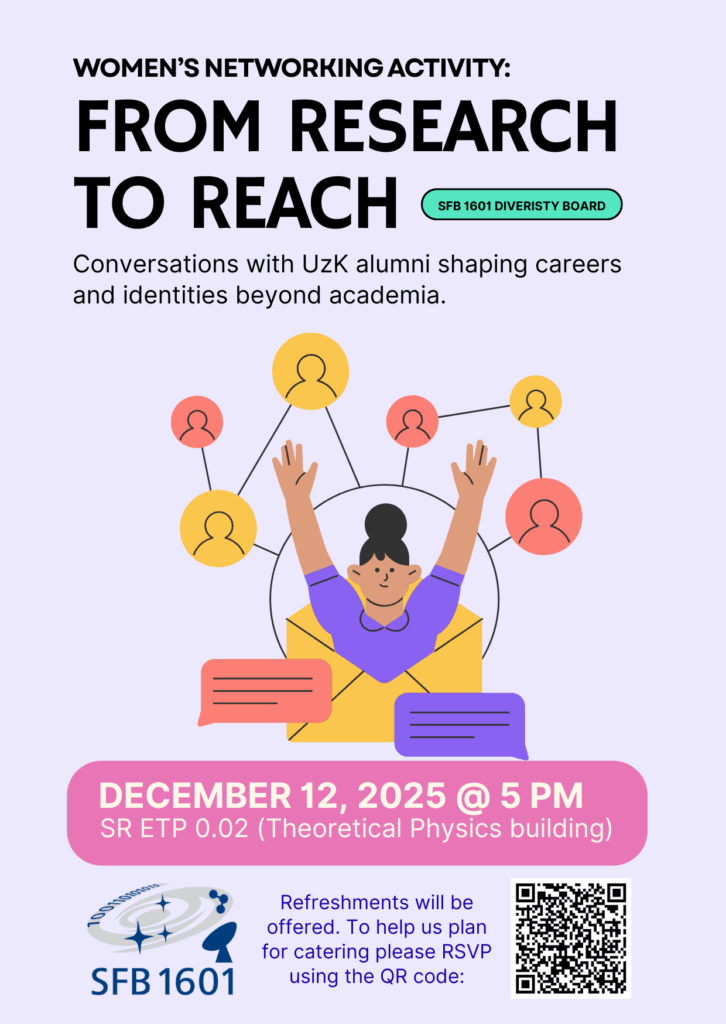
📅 Date: December 12
🕔 Time: 17:00
📍 Location: SR ETP 0.02
🥪 Food and drinks will be provided.
To help us plan catering, please RSVP here by December 8 if possible:
